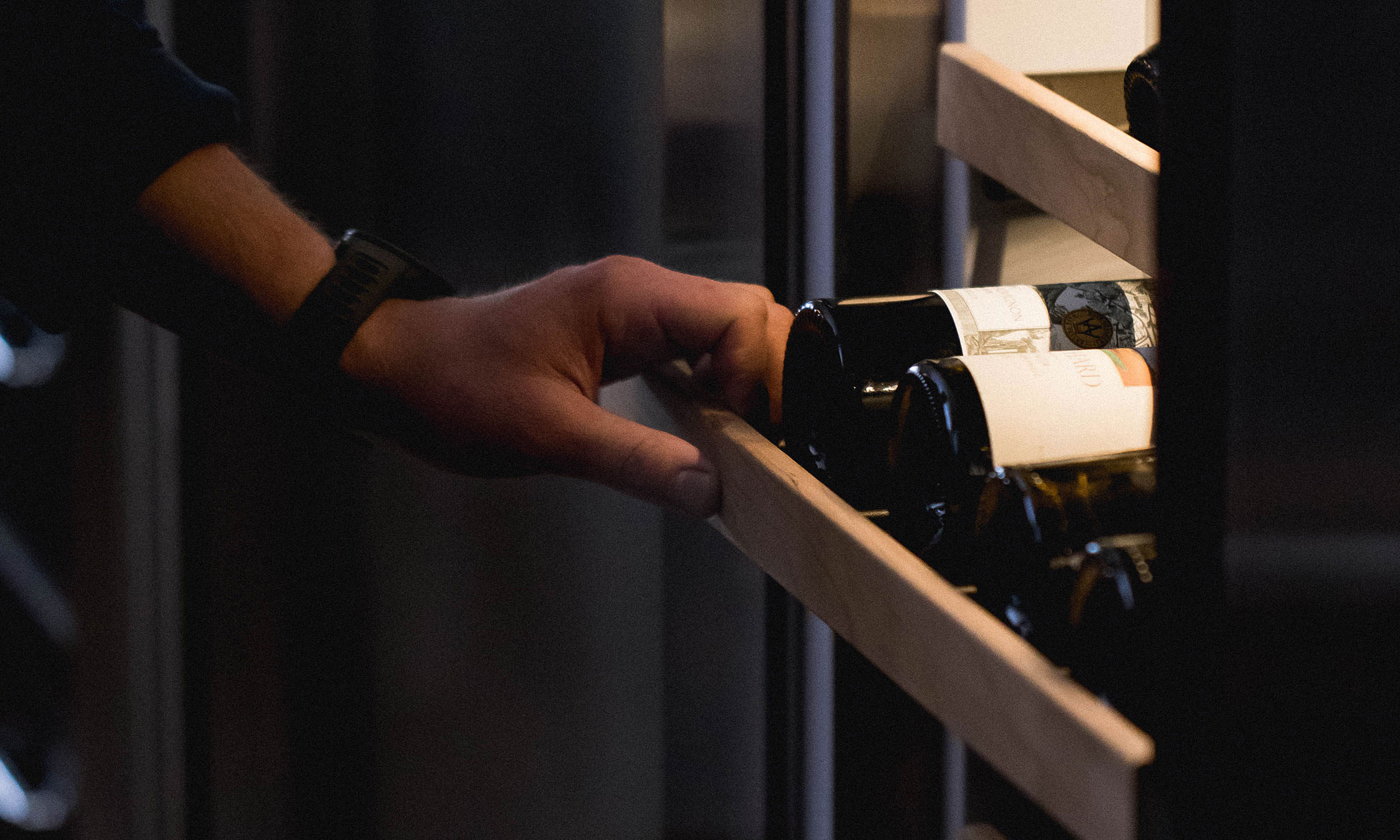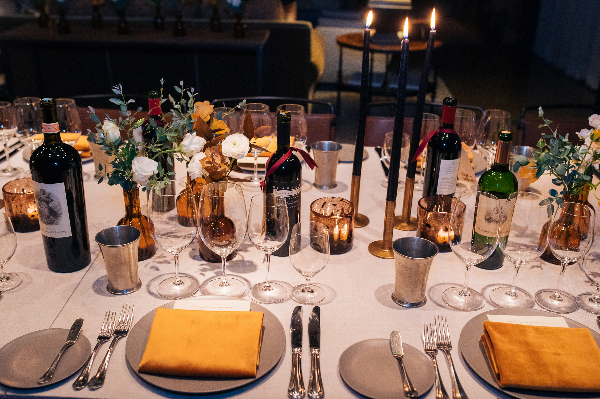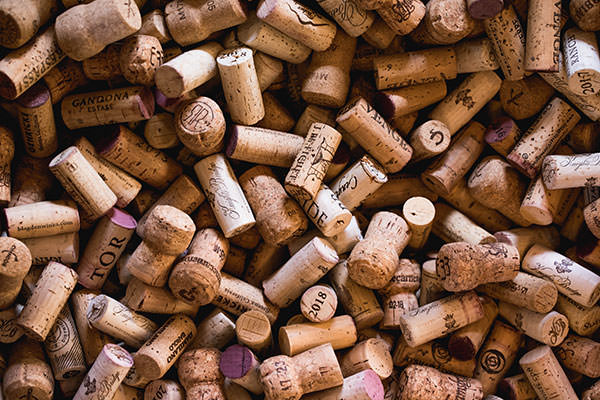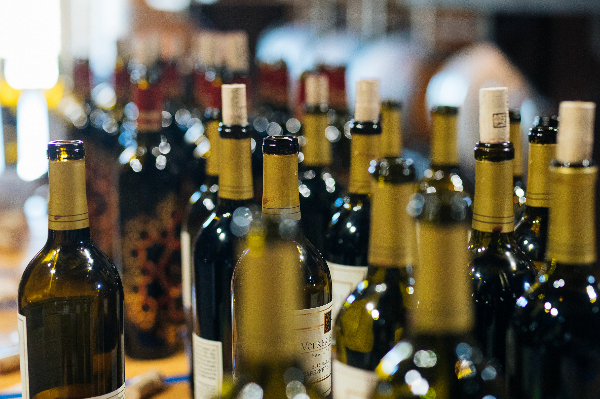Here's a good one for you: What do bats and wine bottles have in common? They are both at their safest—and happiest—when they're upside down in a cold, dark place.
By the time wine reaches your glass, that highly delicate concoction of soil, air, temperature and (of course) grapes has been through a careful fermentation and aging process. It's been lovingly monitored by highly trained and dedicated professionals over several months or even years.
Meaning, a lot of work went into ensuring that color, that aroma and that taste are pleasing to your palate. So, in order to maintain that pristine joy in a bottle, it is very important to store your treasures properly.
Heat: Not Good for Wine
Barr Smith, the owner of Barlow Vineyards in Calistoga, says to store wine in a cool, dark place, as sunlight often means heat, and heat is not good for wine. "For us, we keep everything at 60 degrees. Ideally you want everything at 55 degrees, but 55 degrees costs more," he says with a laugh. Smith adds that the light component can be solved by simply placing the bottle(s) in a case box.
The most important thing is to make sure the temperature is consistent.
So why is it so important to keep wine out of the heat? "It causes the wine to age more rapidly," says Smith. "Instead of lasting for 20 years, it might only last for 10 to 12 years at a higher temperature."
Obviously not everyone is blessed with a cellar (or bat cave) in which to store their wine, but many "wine fridges" are available starting at around $200 and up. Even the smaller ones are still able to hold roughly 36 bottles, or three cases of wine. They even fit under your counter in most cases. And if a fridge is out of your price range, a small wine rack made of wood or metal can be found for around $30.
The most important thing, Smith says, is to make sure the temperature is consistent. "Keeping the wine at a constant 70 degrees is better than keeping it at 80 degrees, then down to 60, then back up to 80 again."
Keep the Cork Wet!
When you buy a bottle of wine, the cork in the top of the bottle is almost never obvious because it's covered with a nice, shiny foil wrapper. However, the cork is perhaps the most important component of preserving a wine's intended blend because it is the safeguard against another potential big threat—air. Or, to be more specific, oxygen, which sounds a lot like the dreaded word "oxidation."
Oxidation can change the makeup of the wine dramatically, affecting the color, aroma and taste—remember, those are the three things you enjoy most about wine! To make sure that the cork does its job of keeping oxygen out of the bottle, Smith says to keep it wet by storing the bottle upside down or at least on its side. That way, he says, "the cork won't dry out and shrink, because if that happens, it could let the air in."
Just remember … sunlight, heat and fresh air are great for a day at the beach—but not for a bottle of wine.




